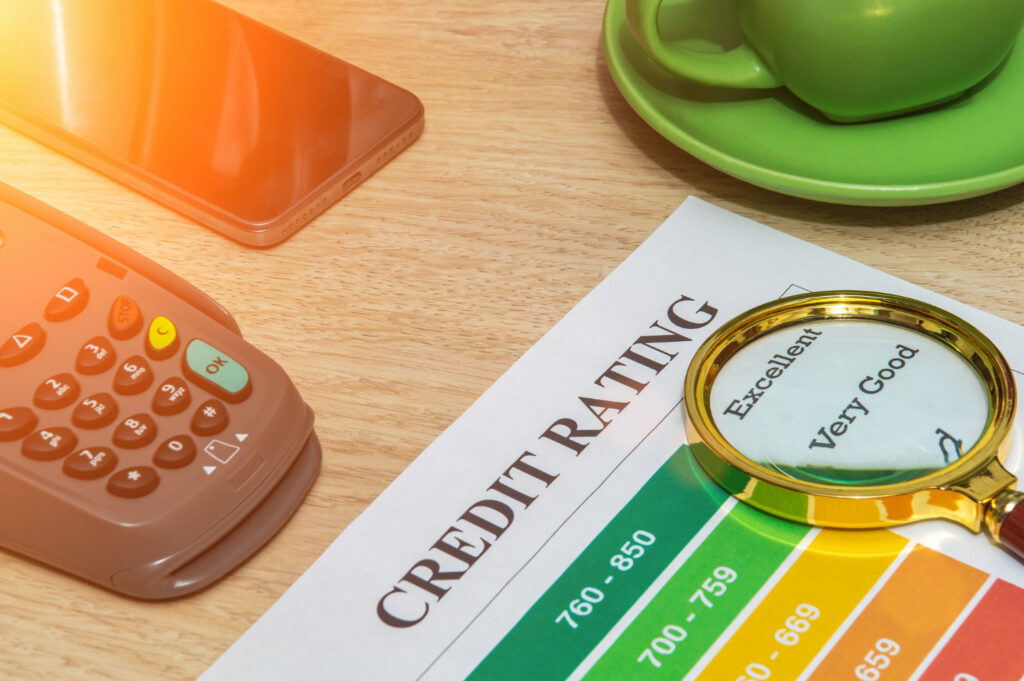How to Dispute Errors on Your Credit Report
Mistakes on your credit report can lower your score and hurt your chances of getting approved for credit or loans. If you find inaccurate or outdated information on your report, you have the legal right to dispute it under the Fair Credit Reporting Act (FCRA). This guide walks you through exactly how to do it — step by step.

-
Step 1: Get Your Free Credit Reports
Visit AnnualCreditReport.com to download your free credit reports from Experian, Equifax, and TransUnion. Review each one carefully for errors in account details, balances, payment history, or identity information.
-
Step 2: Identify the Error(s)
Look for accounts that don’t belong to you, incorrect balances, duplicate listings, outdated personal information, or incorrect payment statuses. Take note of the bureau(s) where the error appears.
-
Step 3: Prepare Your Dispute
You can dispute online or by mail, but written disputes often carry more weight and provide a paper trail. Include the following:
Your full name and contact information
A clear description of the item you’re disputing
An explanation of why it’s incorrect
Copies of supporting documents (e.g., bank statements, ID, account letters)

-
Step 4: Send Your Dispute Letter
Send your dispute to each credit bureau reporting the error. Use certified mail with return receipt for proof of delivery. Keep a copy of your letter and any enclosures. Dispute Letter
-
Step 5: Wait for Investigation Results
Credit bureaus must investigate within 30–45 days. If the item is incorrect, it must be removed or corrected. You’ll receive written confirmation of the outcome.
-
Step 6: Follow Up If Needed
If your dispute is rejected but the error is real, escalate by:
Contacting the creditor directly
Re-disputing with additional evidence
Filing a complaint with the CFPB (consumerfinance.gov) Need help reviewing your report? Book a 1-on-1 expert credit review for $149.99 at MyCreditAlly.net.
